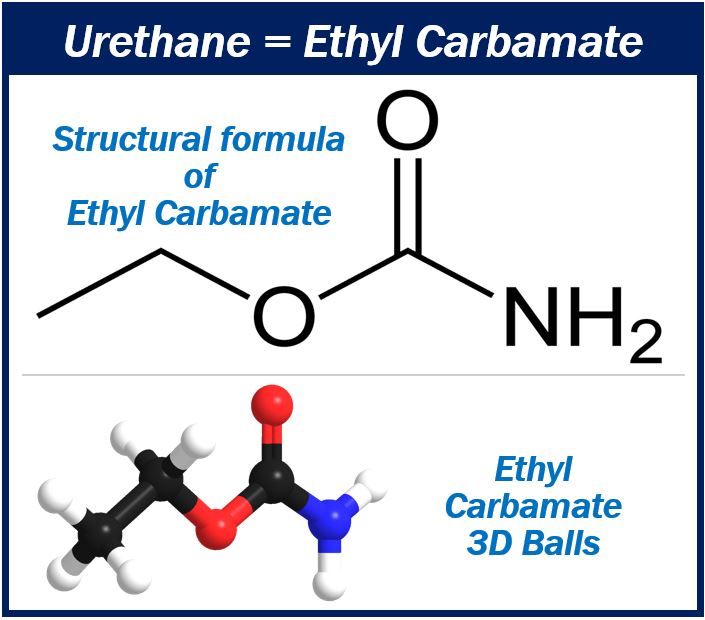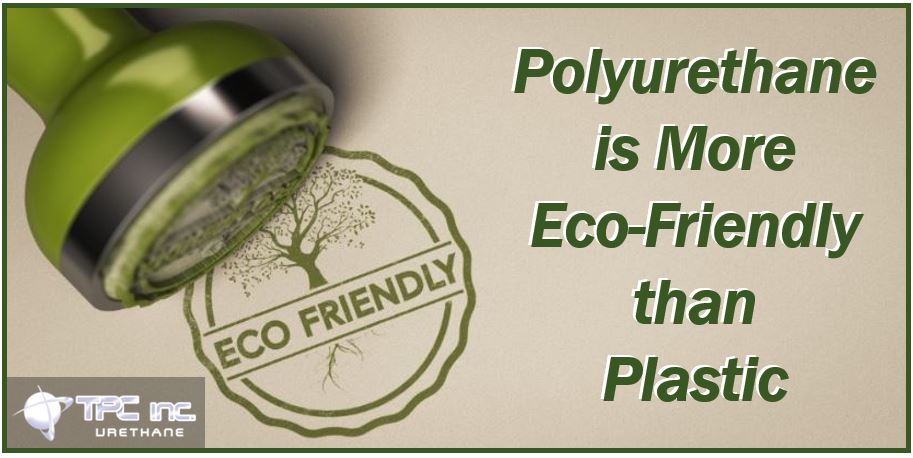Urethane products are taking over the roles of materials like plastics and metals because of their durability and versatility. Urethanes are also lightweight, so they use less energy and produce less waste. Many of the products made from urethanes can be recycled or reused. Because of the versatility of urethanes, it is often used in several forms in various industries and products.

Environmentally Friendly Insulation
Urethanes are used to insulate homes, appliances, containers, and vehicles, too. Polyurethane is used in spray form or a rigid form. Polyurethane is one of the best insulators used in manufacturing today. The thin, lightweight layers insulate better than other materials because they hold an insulating gas in their closed-cell structures.
Commercial and residential buildings that use polyurethane as insulation require less energy to heat and cool them. Products that use polyurethane for insulation also use less energy to power them. Using less energy preserves fossil fuels.
Energy-Saving Manufacturing
Making polyurethane does not use much energy, and when it is used as insulation in a building, the energy-saving multiples. The cost of adding spray polyurethane is recouped within 12 to 24 months, as energy costs drop significantly.
When polyurethane parts and insulation are used in vehicles, they become lighter than steel vehicles. Lightweight vehicles use less fuel than heavy vehicles made primarily from steel. In the construction industry, manufacturers are adding reflective polyurethane coatings to roofs to deflect sunlight as another way to reduce utility costs.

Recycling Polyurethane
Another benefit of polyurethane is that the products can be recycled in different forms. The energy content is what makes polyurethane valuable when reused. For example, in the construction industry, polyurethane makes scrap into usable products. Wood scraps can be bonded with polyurethane and used as sound-proofing particle boards.
In the automotive and appliance industries, polyurethane is also added to recycled car parts and refrigerator parts to make boards and moldings for new products.
Recycled Carpet Underpad
In homes, recycled polyurethane is found in common products: carpet padding and bedroom mattresses. Nearly all new carpet installation uses rebonded polyurethane foam and recycled cushioning products as the underlay product. Recycled urethane underpad is easy to identify because it looks like it is made of various colors of diced foam formed into a thick sheet. Because the call for recycled products is so high, barely any new virgin padding is used in new home builds.
Much of the polyurethane foam comes from mattresses. In mattress manufacturing, one step of the process involves deconstructing old mattresses. Workers remove the foam which gives manufacturers nearly 90% of recycled materials that can be rebonded with a binder to use as carpet underpad.
Recycling Industrial Foam
Another commonly used recycled urethane is in industrial settings. In a process called powdering or regrinding, industrial polyurethane products like trim or post-consumer parts are ground into a fine powder. Manufacturers mix it with new materials to make a new foam that can be used in reaction injection molded (RIM) parts.
Interesting related article: “What is the Environment?“

